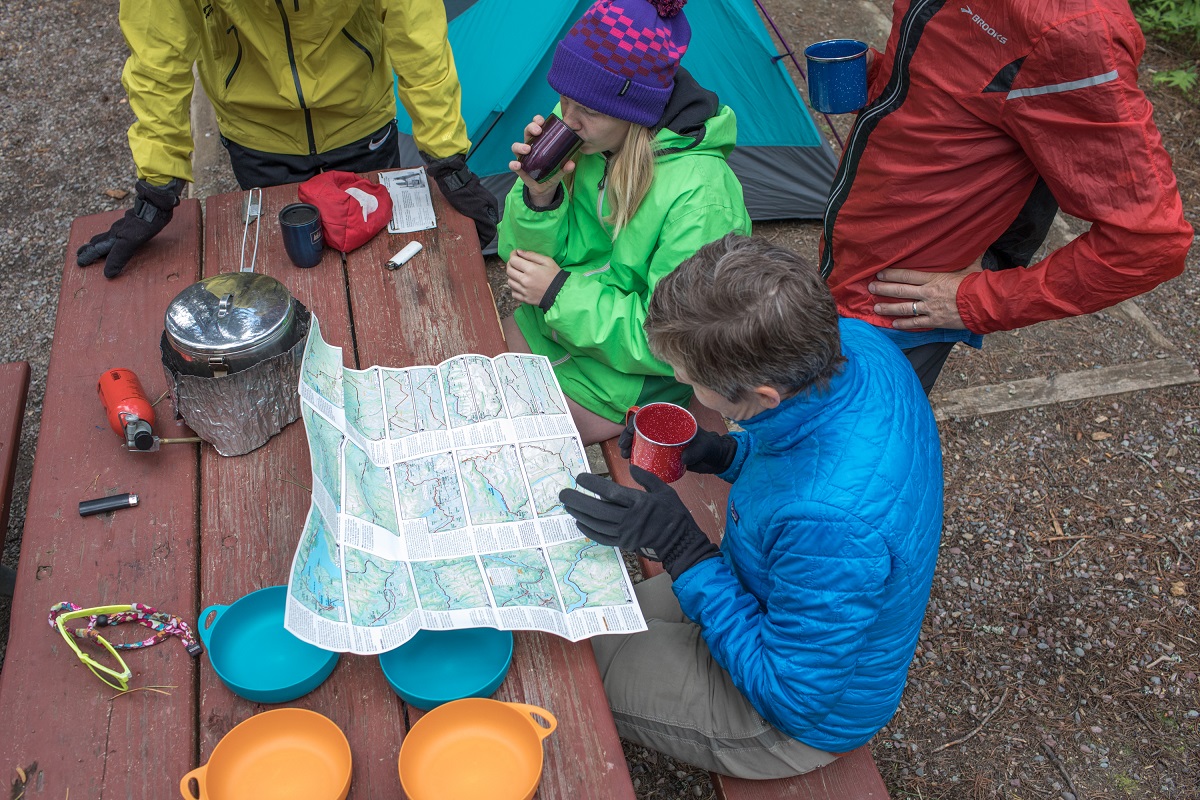How to Pick the Best Route for You
Whether you’re prepping for your first tour or your 50th, there are several factors to chew on in advance. You might start by addressing these four questions:
- What style of touring do you prefer? Supported, self-contained, or a hybrid?
- How long, in both days and miles, do you intend to be on the road?
- In what part of the country or the world do you wish to ride?
- Do you want a researched, mapped route, or are you more of a DIYer who would prefer to find your own way as you go?
The answers to the first two questions hinge not only on how long you want to be out there but how far you wish (or are able) to ride each day. This, in turn, depends on such factors as your overall fitness and the terrain you’ll be encountering on your chosen route.
Determining Distance Based on Style
With a bit of bicycle-specific training, an average physically fit adult carrying less than 20 pounds of additional gear on the bike — typical for a Supported Touring style — can expect to travel at an average pace of 60 miles per day on paved roads and still have time to stop for ice cream.
With 35 to 50 pounds, a load more typical of the self-contained traveler, that average might drop to 50 miles per day. And if the terrain is particularly flat or mountainous, the average will increase or decrease accordingly. (But if you’d rather do 20 miles a day regardless of how much weight you’re hauling, or shoot for a daily century ride of 100 miles, be our guest!)

A Mapped Route or a DIY Route?
Regarding questions three and four, established route networks are a terrific place to start. In North America, the Adventure Cycling Route Network and Canada’s extensive La Route Vert network in Quebec offer many options. In Europe, the EuroVelo network has routes through every corner of the continent, and the rest of the world has routes just a quick Google away.
Considering Side Trips
One more important factor to keep in mind: Are you determined to get from point A to point B in X amount of days, or would you prefer to slip in some extra time for unanticipated layover days and side trips? We always suggest the latter. It would be a downright shame, for example, to learn that the world’s biggest ball of twine in Cawker, Kansas, was just 20 miles off your plotted route — and you without the extra time and energy to make the detour!


